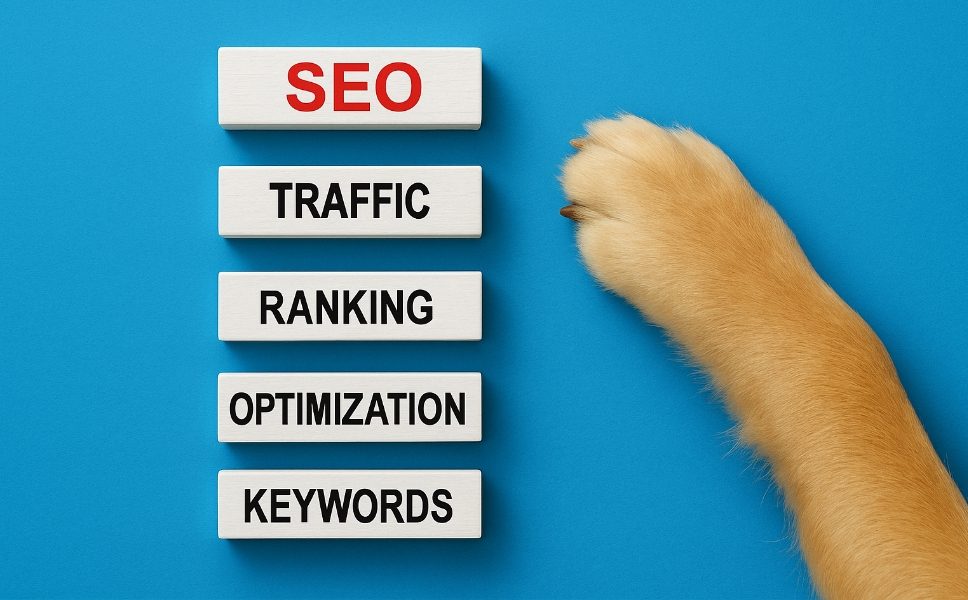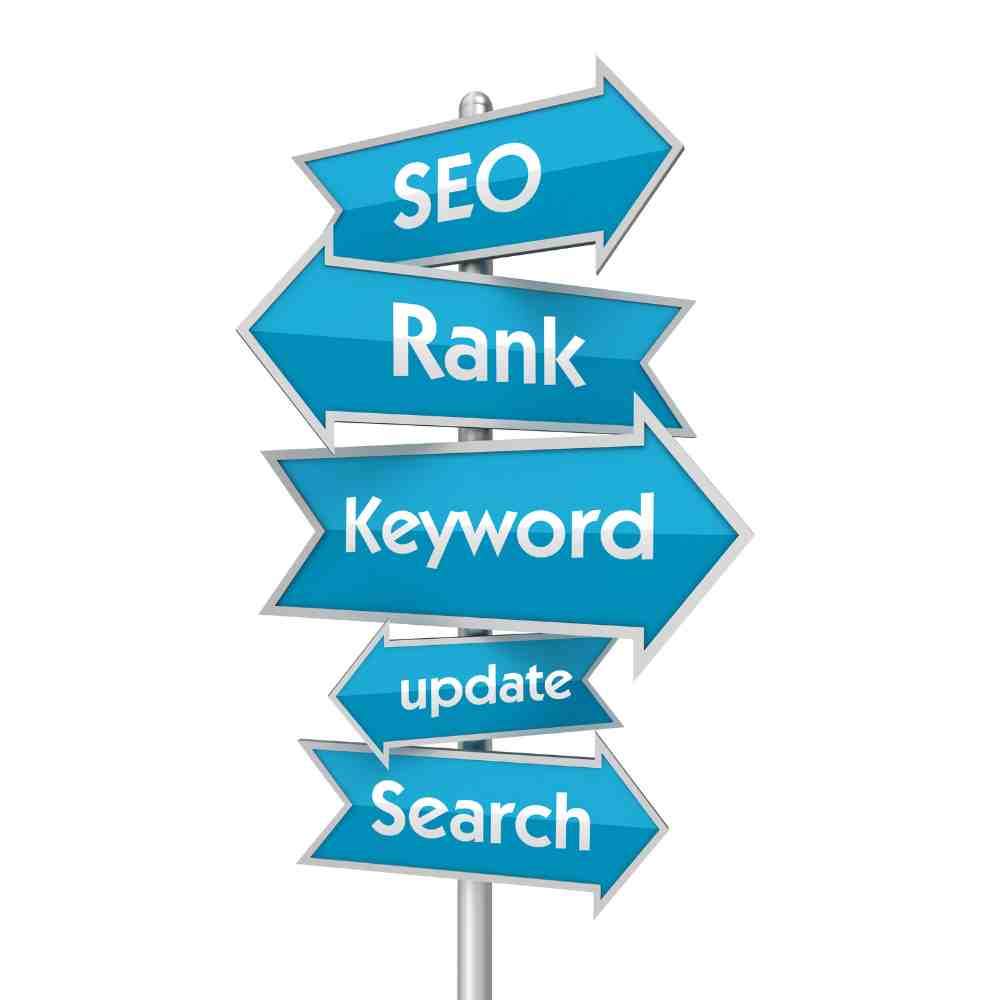
SEO Services Designed Exclusively for Pet Businesses
Most SEO companies don’t understand the pet industry — but PetSEO does. With more than 20 years serving veterinarians, ethical dog, cat and horse breeders, trainers, groomers, pet daycares, and animal-care businesses, we know exactly what pet owners search for and how to attract the right families and clients.
Instead of forcing expensive website redesigns, we optimize your existing website to improve Google rankings, increase local traffic, and generate more qualified inquiries naturally and consistently. It costs a fraction of what a website redesign totals, and allows you to keep the hard work you’ve already put in to your online presence.
Pet Businesses We Help
From ethical dog breeders to veterinarians and pet sitters, we help pet businesses get discovered faster on Google. When the right people can find you, inquiries, bookings, and waitlists grow naturally.

SEO For Pet Sitters
More recurring clients in your area

SEO For Veterinarians
Increase local visibility and new client bookings

SEO For Dog Trainers
More class sign-ups and private training requests

SEO For Dog Groomers
Stand out locally and fill your appointment calendar

SEO For Dog Daycares & Boarding
Higher website visibility → more stays

SEO For Cat Breeders
Sell your kittens before they arrive.

SEO For Dog Walkers
Fill your schedule with recurring walking sessions.
You’ve poured time, money, and heart into your website. You’ve written pages, uploaded photos, listed services, updated litters or calendars, and waited for results — but nothing changed.
No traffic. No inquiries. No bookings. Just crickets.
The truth is: there’s nothing wrong with your business.
Your ideal clients just can’t find you.
With the right SEO improvements, your website can start moving up Google rankings — often within just a few days — so the right families and clients finally see what you have to offer. When your visibility improves, inquiries follow.
You don’t need a new website. You just need to be found.
Exceptional SEO — Without the Monthly Pricing Trap
The Sad (and Expensive) Truth About SEO Companies
Most SEO companies charge $500 to $5,000 per month — and they lock clients into long-term contracts with confusing reports, vague promises, and slow results.
PETSEO is different.
We provide expert, industry-specific SEO fixes for pet businesses for a one-time fee of just $395. No subscriptions. No retainers. No ongoing commitments. Just clear, measurable improvements — fast.
In most cases, your entire website can be fully optimized within 24 hours, and those improvements continue working for you every day and every month afterward without ongoing fees.
How We Do It:
Most pet websites have issues that are easy for our expert SEO team to spot and fix — but these issues are often devastating to your website’s ranking. Solving even a few of these issues can move a website dramatically within the first week or two, resulting in:
That means you’re not paying for “months of SEO work” — you’re paying for expert precision that produces long-lasting results.

One Payment - Permanent Improvements
This isn’t just affordable.
It’s smart business.
How PETSEO Works (Simple & Stress-Free)
1. Free Website Visibility Check
You send us your website URL and business location. We review your rankings, traffic signals, and SEO performance to identify what’s holding you back — no obligation.
2. Personalized Action Plan
You’ll receive a clear breakdown of the improvements needed to boost visibility, traffic, and inquiries — prioritized by fastest impact. No confusing jargon and no pressure to purchase.
3. Full Website Optimization
If you decide to move forward, we implement the SEO upgrades for you — including keyword targeting, metadata, internal linking, performance improvements, and local search signals. You don’t need to change your design, layout, theme, or website platform.
4. Watch Your Visibility and Inquiries Grow
Your website begins climbing Google rankings — often within days — and continues improving as optimization compounds over time. Better visibility → more qualified inquiries → more clients.
The Improvements That Move You Up in Google


